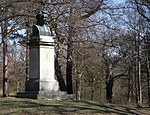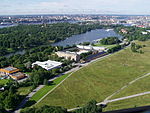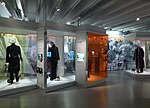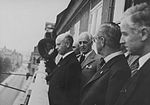Rosendals Trädgård
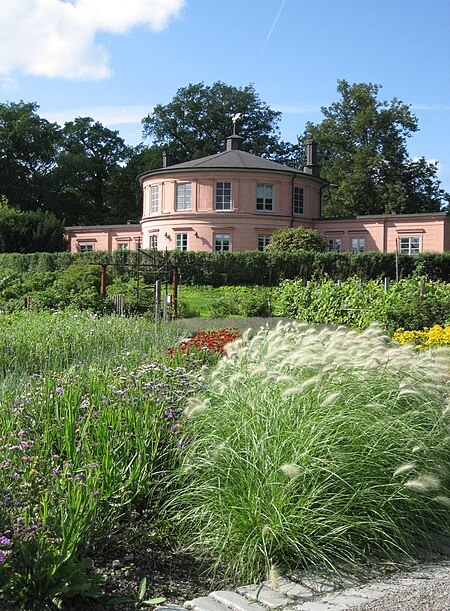
Rosendals Trädgård is a garden open to the public situated on Djurgården, west of Rosendal Palace, in the central part of Stockholm, Sweden. Today, Rosendals Trädgård is open to public visitors in order to let visitors experience nature and to demonstrate different cultural effects on gardening through history. The purpose is to practise biodynamic agriculture and pedagogical education. The garden is owned and operated by the trust fund "Rosendals Trädgårds Stiftelse". In the area known as Rosendals Trädgård there are also, except from the garden: "Plantboden", a gardening shop where the customers can find everything that's useful in a garden, "Trädgårdsbutik", a shop where the customers can buy fresh vegetables cultivated in the garden at Rosendal. The maybe most visited shop is the famous bakery, which carries the same name as the garden, "Rosendal Trädgårds bakery". Visiting Rosendals Trädgård, one has a great opportunity to experience locally cultivated and produced phenomena and items.
Excerpt from the Wikipedia article Rosendals Trädgård (License: CC BY-SA 3.0, Authors, Images).Rosendals Trädgård
Rosendalsterrassen, Stockholm Djurgården (Östermalms stadsdelsområde)
Geographical coordinates (GPS) Address Nearby Places Show on map
Geographical coordinates (GPS)
| Latitude | Longitude |
|---|---|
| N 59.327219444444 ° | E 18.113633333333 ° |
Address
Rosenträdgården
Rosendalsterrassen
115 21 Stockholm, Djurgården (Östermalms stadsdelsområde)
Sweden
Open on Google Maps
